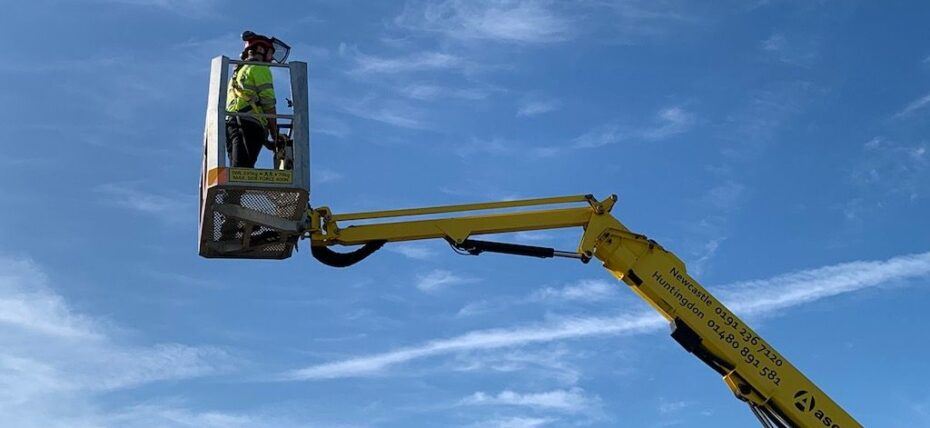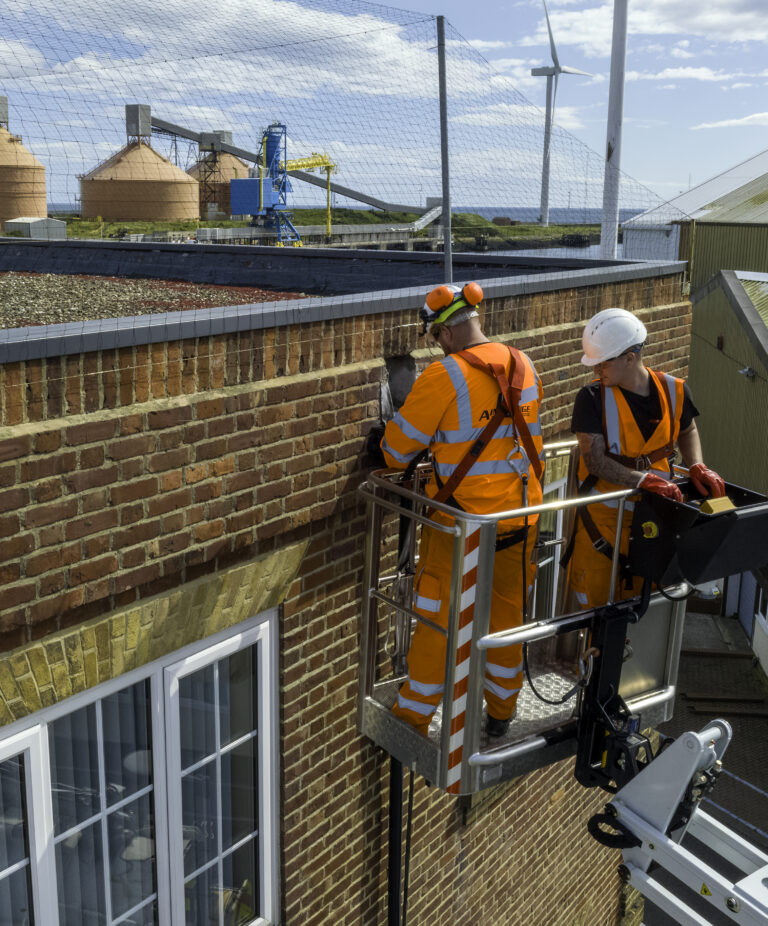
Planning for emergencies when working at height
You hope accidents never happen, but when they do its best to be prepared.
An emergency plan is an essential part of work at height planning. But what is it, why do you need it and what do you need to include? Read on to find out.
What is an emergency plan?
An emergency plan is precisely that; a well thought out plan or strategy that outlines what you need to do if something goes wrong while working at height.
Why plan for an emergency?
You need a comprehensive emergency plan to comply with the Work at Height Regulations 2005. Without one, you are liable to fines and other repercussions from the HSE for breaking essential legislation.
More than that, though, it’s about safety. Emergencies are high-pressure situations, and often the quicker you respond, the better the outcome – think a fall from height, fire, or heart attack. Acting quick can save a life. With a plan, everyone knows their role and what to do to prevent further accidents, injuries, or damage from occurring.
What to consider when writing your plan
Emergency plans need to be site and equipment specific. You must also review and update them regularly, especially if any changes occur. They should encompass all different types of emergency and possible rescue operations, and everyone must be aware of them and how to implement actions should they need to. Other considerations include:
- How to ensure the safety of all personnel during rescue procedures;
- Details of all equipment and resources required to carry out rescues, their suitability, availability, and safety information, for example, inspection dates and results;
- Communication procedures and details of how to contact external people such as emergency services;
- Competency and training requirements of rescuers;
- Anchor points for attaching rescue equipment;
- Anticipated loads on the equipment during rescue operations;
- Weather restraints and other factors that could interfere with rescue operations;
- How you will get a casualty to the ground from a height, e.g. how will you attach them to the rescue system, how will you get them to the ground, any first aid requirements and access to follow on treatment.
Finally, don’t wait until a real emergency to put your plan to the test. Practice your emergency scenarios and make sure everyone is familiar with their role and knows what to do.


